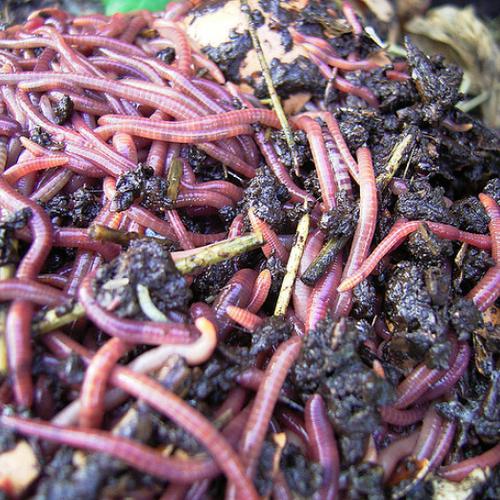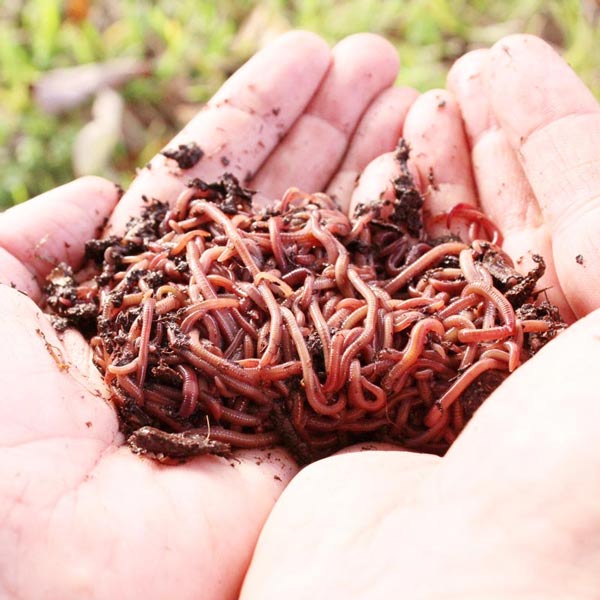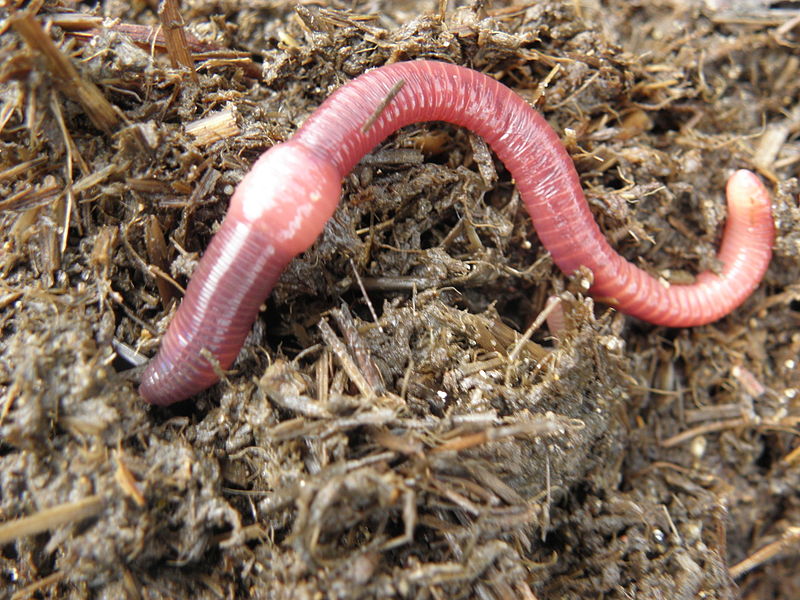Red worms: Guide to thriving setups
Red worms: Guide to thriving setups
Blog Article
The Duty of Red Wigglers in Sustainable Horticulture
The combination of red wigglers into sustainable horticulture practices offers an engaging technique to enhancing soil wellness and reducing organic waste. The effects of making use of red wigglers prolong past plain composting; their duty in shaping a more sustainable future warrants a much deeper exploration of their advantages and sensible applications.
Comprehending Red Wigglers
Red wigglers, scientifically referred to as Eisenia fetida, are a species of earthworm renowned for their duty in lasting horticulture and composting practices - red wigglers. These worms thrive in decomposing raw material, making them especially efficient in transforming cooking area scraps and yard waste into nutrient-rich compost. Unlike typical earthworms, red wigglers have a higher resistance for varying dampness degrees and can grow in settings with bountiful natural product
(Lake James Worms)Typically, red wigglers are smaller than their earthworm counterparts, usually gauging between 3 to 4 inches in length. They have a reddish-brown pigmentation and have a fractional body structure that helps in their burrowing and feeding activities. These microorganisms are hermaphroditic, indicating each individual possesses both male and female reproductive organs, which permits effective population growth under optimum problems.
The environment preferences of red wigglers consist of wet, dark atmospheres rich in organic content, such as garden compost bins or worm ranches. Their eco-friendly role extends past composting; they are essential in aerating the dirt and helping with nutrition biking, which ultimately contributes to much healthier yard ecosystems. red wigglers. Comprehending the biology and behavior of red wigglers is vital for those seeking to carry out efficient vermicomposting in sustainable horticulture
Benefits of Vermicomposting
Vermicomposting offers numerous advantages that boost lasting horticulture techniques and add to ecological health and wellness. One of the key advantages is the transformation of natural waste into nutrient-rich compost, which enhances soil framework and fertility. The castings created by red wigglers are packed with valuable microbes and necessary nutrients, making them a superb natural plant food.
Additionally, vermicomposting considerably reduces landfill waste. By drawing away kitchen scraps and backyard waste from landfills, this practice not only decreases methane exhausts-- a potent greenhouse gas-- yet likewise promotes a circular economy, where waste is repurposed as a source.
Another advantage is the improvement of soil oygenation and drain (red wigglers). The burrowing task of red wigglers develops networks in the soil, permitting air and water to permeate even more easily, hence cultivating a healthier origin system for plants
Additionally, vermicomposting can be done on a small scale, making it obtainable for city gardeners and those with limited area. This approach urges environmental stewardship and understanding, as people end up being a lot more engaged with their waste management practices. Inevitably, vermicomposting stands for a sustainable, efficient, and environmentally friendly approach to horticulture that profits both plants and the planet.
How to Beginning Vermicomposting
Starting your own vermicomposting system can be a rewarding undertaking that improves your lasting horticulture methods. To begin, pick an ideal container, such as a plastic bin or wood box, with great drain and air flow. The dimension will rely on the volume of kitchen scraps you create; a bin of 10-14 gallons generally suffices for a family.
Next, prepare the bed linens material. Shredded paper, cardboard, and coconut coir are superb choices, providing a comfy habitat for the red wigglers. Go for a bed linen deepness of regarding 4-6 inches, which need to be damp yet not soggy.
As Look At This soon as the bed linen is established, present your worms. Red wigglers (Eisenia fetida) are the most appropriate for composting. Start with around one pound of worms for every single 2-3 pounds of cooking area scraps weekly.
Begin adding kitchen area waste, avoiding meat, dairy products, and oily foods, as these can attract insects and develop odors. Consistently keep track of the container's moisture levels and temperature level, ensuring it stays within the excellent range for worm task. With these first steps, you'll be well on your method to developing nutrient-rich garden compost for your garden.
Preserving a Healthy And Balanced Worm Bin
A flourishing worm container requires constant treatment and focus to maintain an ideal setting for the red wigglers. Key aspects to check include moisture degrees, temperature level, and food supply. Maintaining a wetness level akin to a wrung-out sponge is important; also much water can cause anaerobic conditions, while insufficient can dry out the worms.
Temperature is also critical, as red wigglers prosper in a series of 55 to 77 degrees Fahrenheit. Severe temperature levels can emphasize the worms, possibly bring about death. Putting the bin in a climate-controlled area or using insulating materials can aid manage temperature level changes.

Lastly, oygenation is essential. On a regular basis turning the bed linens and utilizing a fork or shovel can avoid compaction and advertise air flow, ensuring a healthy and balanced, successful environment for the red wigglers. By sticking to these practices, garden enthusiasts can maintain an effective worm bin that sustains sustainable horticulture initiatives.
Effect On Dirt Health
Enhancing soil health and wellness via the usage of red wigglers is a fundamental element of lasting horticulture. By consuming organic matter, red wigglers damage down intricate materials into easier substances, a procedure recognized as vermicomposting.

(Lake Rhodhiss Bait)Researches have actually shown that soils enhanced with worm spreadings exhibit enhanced microbial task and boosted fertility, leading to higher crop returns. By including red wigglers into gardening practices, garden enthusiasts not only enrich their soil but likewise add to a more sustainable farming system, highlighting the interconnectedness of dirt wellness and environmental stewardship.

Verdict
In conclusion, red wigglers dramatically contribute to lasting horticulture through their reliable vermicomposting methods. By advertising waste decrease and fostering a round economy, red wigglers arise as vital components in green gardening campaigns, highlighting their essential function in ecological sustainability.
Report this page